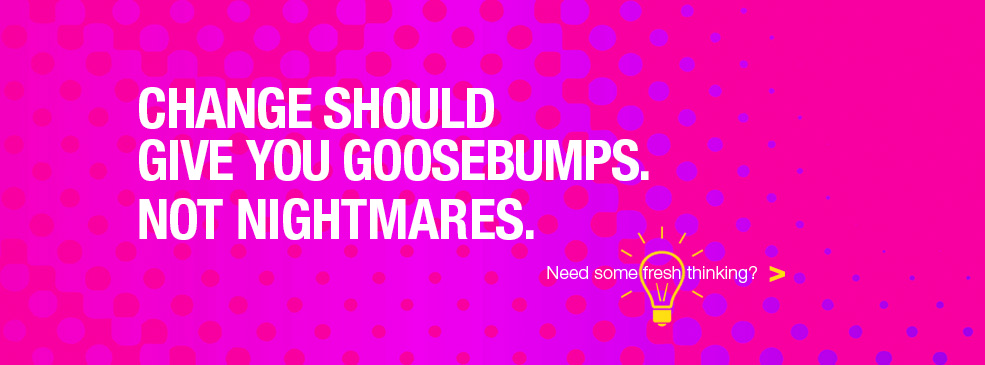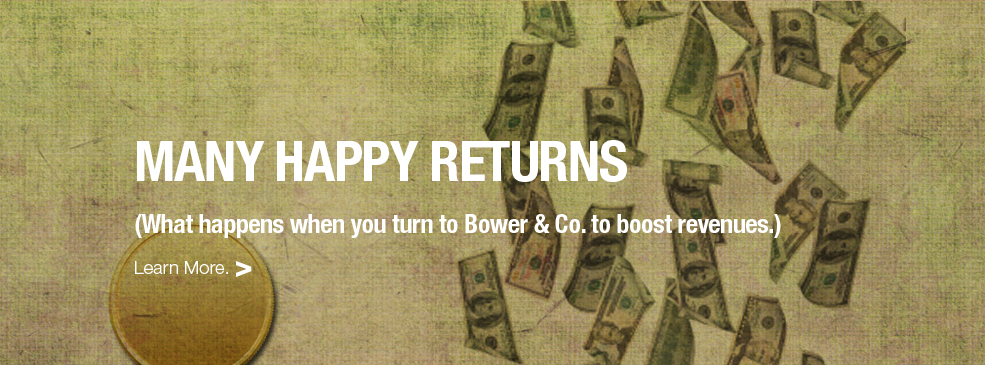Managing three time horizons
The pandemic, supply chain issues, semi-conductor shortages, and racial justice are examples of externally triggered change. New strategies, mergers/acquisitions, new initiatives, and new product or service launches are examples of internally-driven change.
Depending on how massive the scale, the change can feel overwhelming and chaotic, even if the change is ultimately positive and desired. Chart with three time horizons. Screenshot from Powerpoint by Andrew Curry.
Chart with three time horizons. Screenshot from Powerpoint by Andrew Curry.
3 Time Horizons, screen-capture of Powerpoint by Andrew CurryA helpful way to look at bigger change is by thinking about and visualizing change in three time horizons.
The first time horizon is the present or what your business looks like now before the change is launched.
Skipping to the third time horizon, this is your future business once the change is complete. Imagine your organization once the merger or digital capabilities are fully integrated.
The two intersect where the first is declining and the third is rising.  Chart showing where the three time horizons intersect. Screen shot from “Seeing in Multiple Horizons: Connecting Futures to Strategy,” by Andrew Curry and Anthony Hodgson. Journal of Futures Studies.Right above that intersection is where things get tricky. The second time horizon is the period of transition when the old is phased out and the new is phased in.
Chart showing where the three time horizons intersect. Screen shot from “Seeing in Multiple Horizons: Connecting Futures to Strategy,” by Andrew Curry and Anthony Hodgson. Journal of Futures Studies.Right above that intersection is where things get tricky. The second time horizon is the period of transition when the old is phased out and the new is phased in.
It’s also where the conceptual becomes more pragmatic and where unfinished business—new information, strategies, conflicting values, or policy issues, for example—surfaces. Sometimes these issues bump into the bright shiny future ahead. And that’s when your work feels more challenging and overwhelming—and even when conflict can emerge.
To make this transition smoother, flesh out time horizons two and three to see what stays, what goes, and what else is needed. While the period may still feel chaotic, this exercise can provide grounding.
We humans like concrete. We like to know what’s supposed to be happening; ambiguity can feel uncomfortable. Getting clear about the three time horizons is a way to lessen the discomfort.
Concept and images from “Seeing in Multiple Horizons: Connecting Futures to Strategy,” by Andrew Curry and Anthony Hodgson. Journal of Futures Studies, August 2008, 13(1):1-20.
 Three time horizons,
Three time horizons,  change in
change in  Change,
Change,  Foresight & Futures
Foresight & Futures 









Reader Comments